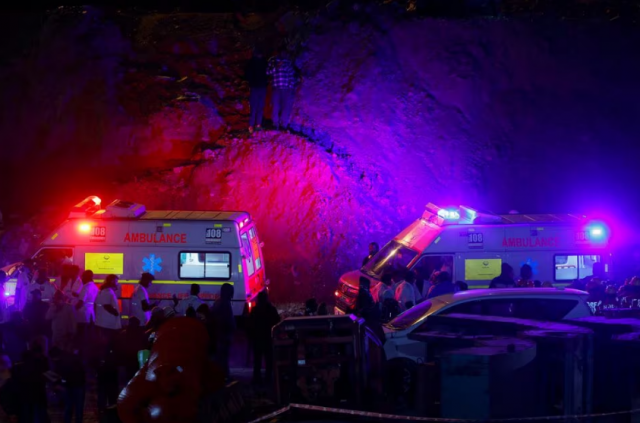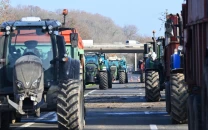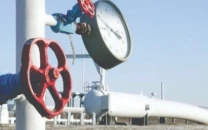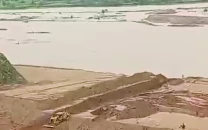'Rat miners' to the rescue: How trapped India tunnel workers were saved
Rescue workers were divided into two teams of three each

When heavy machinery broke down trying to break through the debris trapping 41 workers in a tunnel in the Indian Himalayas, authorities called in a group of people whose profession is effectively banned in the country - "rat-hole mining".
While augur machines managed to horizontally drill through nearly three-quarters of the debris, it fell on half a dozen miners adept at burrowing in tight spaces to reach the trapped workers on Tuesday.
Rescuers successfully pulled out the workers in wheeled stretchers through a wide pipe that was pushed through the debris after a 17-day ordeal.
"It was a difficult task, but for us nothing is difficult," said a beaming Firoz Qureshi, one of the miners, standing with his fellow workers outside the tunnel, their faces patched with white dust after overnight drilling.
Read All trapped Indian workers rescued from Himalayan tunnel, say officials
The "rat miners" started working late on Monday after a second drilling machine also broke down with 15 metres out of 60 metres still left to reach the trapped men.
They worked in two teams of three each, with one person drilling, the second collecting the debris and the third pushing it out of the pipe.
They said they had worked for more than 24 hours.
"When we saw them inside the tunnel after the breakthrough, we hugged them like they were family," said Nasir Hussain, one of the six miners.
"Rat-hole" mining is a hazardous and controversial method used extensively in the northeastern state of Meghalaya to extract thin seams of coal before an environmental court in 2014 banned the practice because of environmental damage and many fatalities.




1701351241-1/Afghan-refugees-(3)1701351241-1-208x130.webp)














COMMENTS
Comments are moderated and generally will be posted if they are on-topic and not abusive.
For more information, please see our Comments FAQ